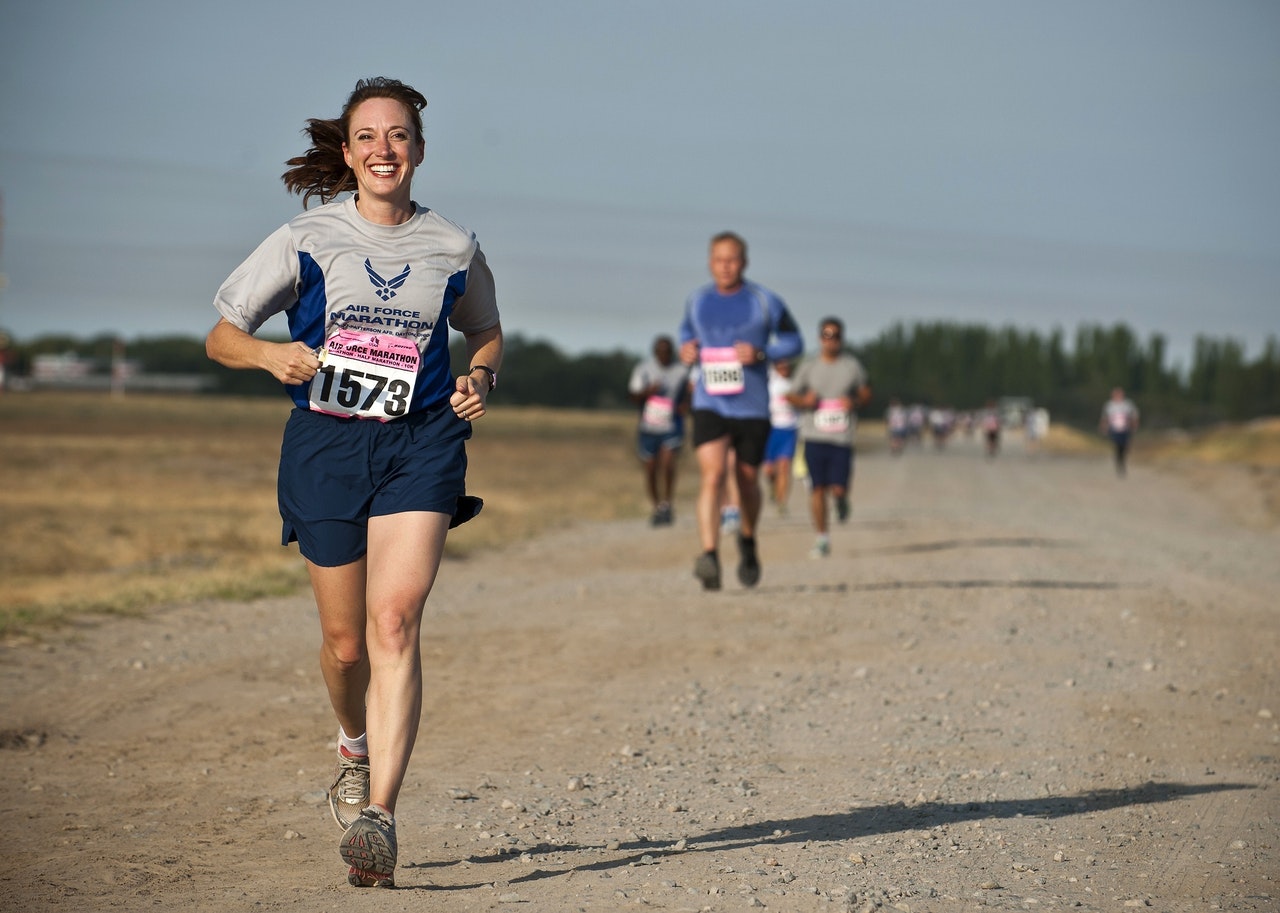Teaching With the Right Tools for Success

It has often been said that to be a runner, all you need is a pair of shorts and some shoes.
While this may be true in theory, from my experience, running goes well beyond those two simple pieces of equipment. Yes, shorts and shoes may be enough to get you started, but at the same time, they may also be your downfall if you happen to choose the wrong gear for your particular body type and needs.
But here’s the thing: Any problems I’ve encountered with regard to equipment have been situations I could have avoided by simply doing more research. I’ve suffered through races time and again as a result of not understanding the proper gear needed for me to efficiently complete the run.
And while it’s true that I was able to finish most of these races, I definitely would have felt better at the end had I known a few of these equipment secrets earlier in my running career.
After twenty years of teaching and more than fifty marathons, Mike Roberts is still chasing greatness. Now, he shares his experiences, while showing you, teacher and/or marathoner, how to run the most enriching race of your life in his book Chasing Greatness.
Mike says:
I have always said that out of all the factors and equipment that can potentially impact the success of a student, the teacher plays the most significant role.
This is why, much like shoes and shorts for running, having the right teaching tools is so essential. The difference between running and teaching, however, is that many of the crucial teaching tools aren’t things you can purchase. Instead, they are skills and traits you must learn, hone, and adjust year after year.
Teaching is a dynamic career, and you have to adapt what and how you teach to fit the needs of your students. Just because something worked last year with a certain class doesn’t mean it will jive this year with a completely different set of kids.
At the same time, there are a handful of teaching concepts that will always play a vital role in the success of your classroom, regardless of the grade or content area you teach.
These ideas should be part of your everyday teaching repertoire and should include the following.
Praise Early and Often. One simple way to keep your class headed in the right direction is to offer up a regular dose of praise to your students.
Too often, teachers tend to point out the problems and disruptions, and this will not only wear your students down, but will also put a damper on your own mood and engagement level.
A simple fix is to set a goal to offer at least one piece of praise every five minutes of class. This can be for both academic and behavioral reasons. Just remember to vary who gets praise throughout the class period.
Create the Right Kind of Assignments. I have yet to see any research that shows boredom as being beneficial to learning.
Simply put, if students don’t find an assignment meaningful and relevant, the odds are low that they will gain anything from doing it. Too many teachers pick topics that are of interest to them, and then try to foster that same love among their students.
Teachers should instead start with topics that are of interest to their students, and then find ways to weave the required academic elements around those concepts.
Student buy-in is essential for learning, and starting a unit off with relevant material instantly creates this opportunity. This idea includes everything from self-selected book choices to student-driven project options.
You will be amazed at how quickly boredom disappears when the lessons from your class become appealing to students.
Realize That the Little Things Are the Big Things. The greatest tool for teachers to have in their tool belts is the ability to establish strong relationships with their students.
Those solid relationships aren’t based on one big occurrence that happens between you and your students. Instead, the best relationships are created based on those hundreds of little events that build upon one another.
Small actions like a smile as students walk in the door, a joke during class, or a quick conversation letting a student know that you’re proud of them means more to a student than any letter or score written at the top of a test. When it comes to building a relationship, think small.

Questions to Ask Yourself in Regards to Running and the Classroom
- How important are the “small things” to your running success? Are there any small acts that take place within your classroom that impact you and your students?
- What is something you’ve learned about running over time? Do you have any teaching methods that have changed in a similar way as a result of experience?
- Why are the right tools so essential in running? Are there any such items that you need for your class to run smoothly?
Putting in the miles and the classwork is one thing; having the right tools to run a successful marathon and classroom is another.
Anthony Douglas Williams said, “Knowledge comes from learning. Wisdom comes from experience,” and this is definitely the case with running and teaching.
You can have access to all the newest information, but you won’t know whether it works until you experience it for yourself. And while I learned many of these strategies the hard way, I am the runner and educator I am today as a result of all the ups and downs of the process.




